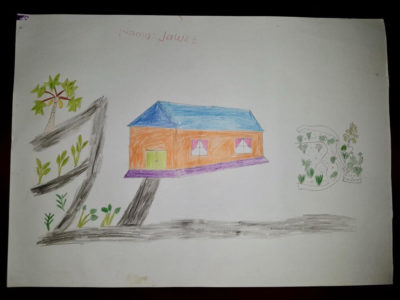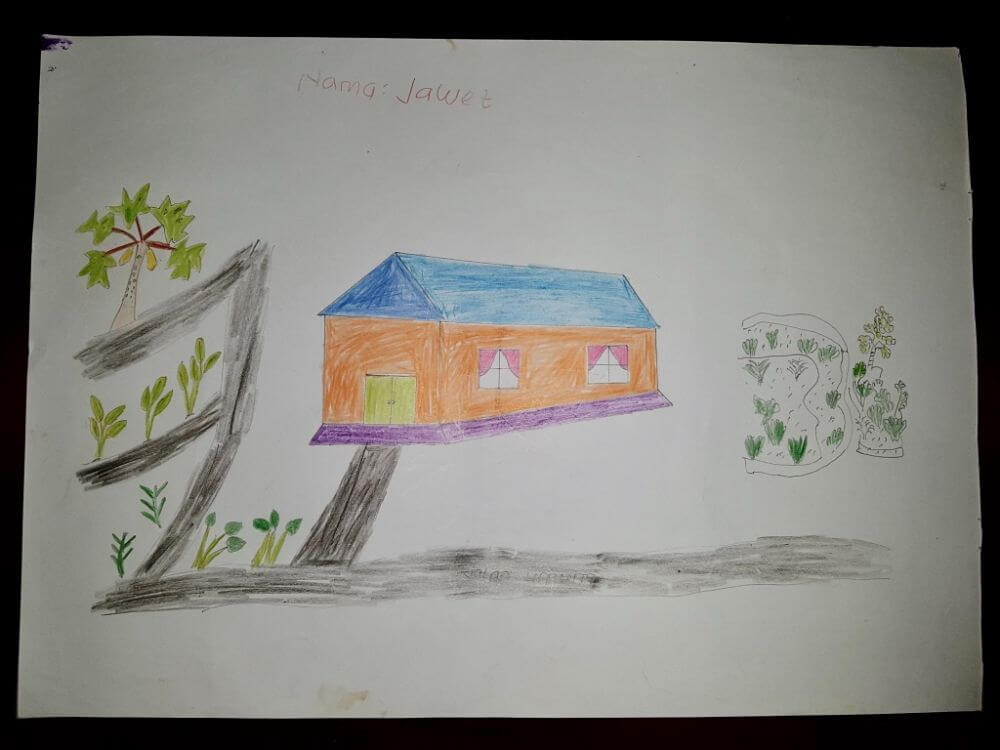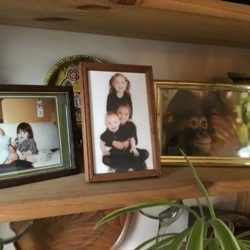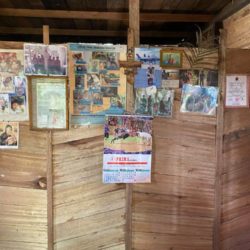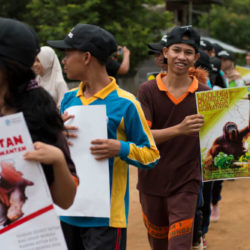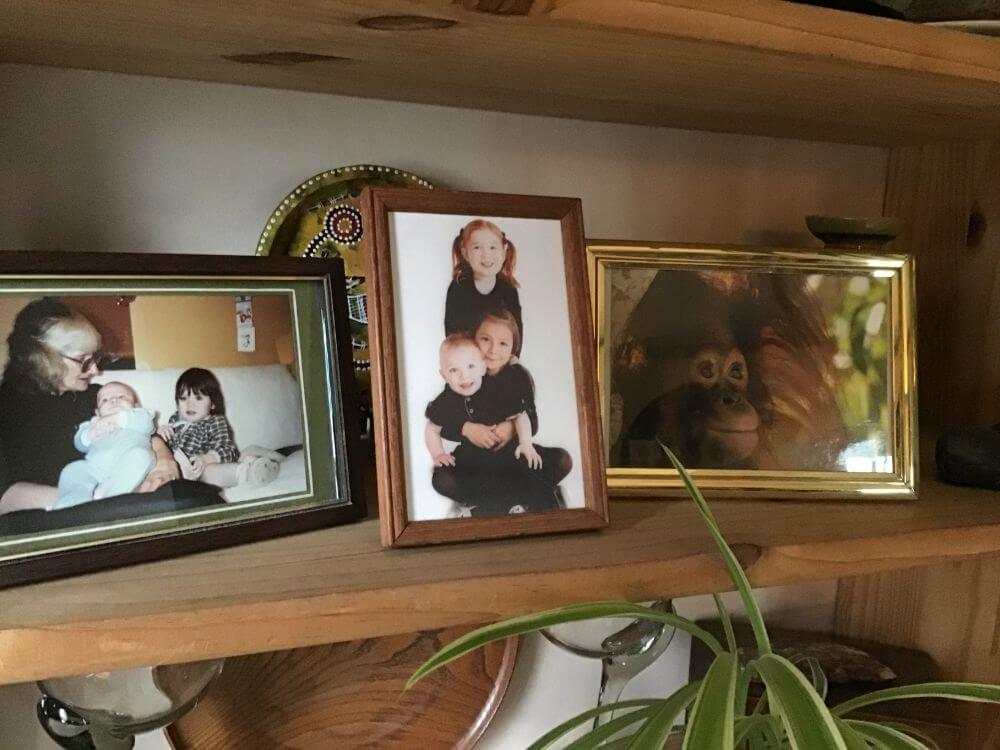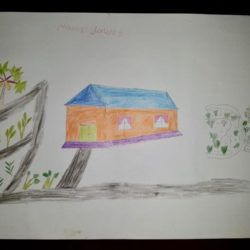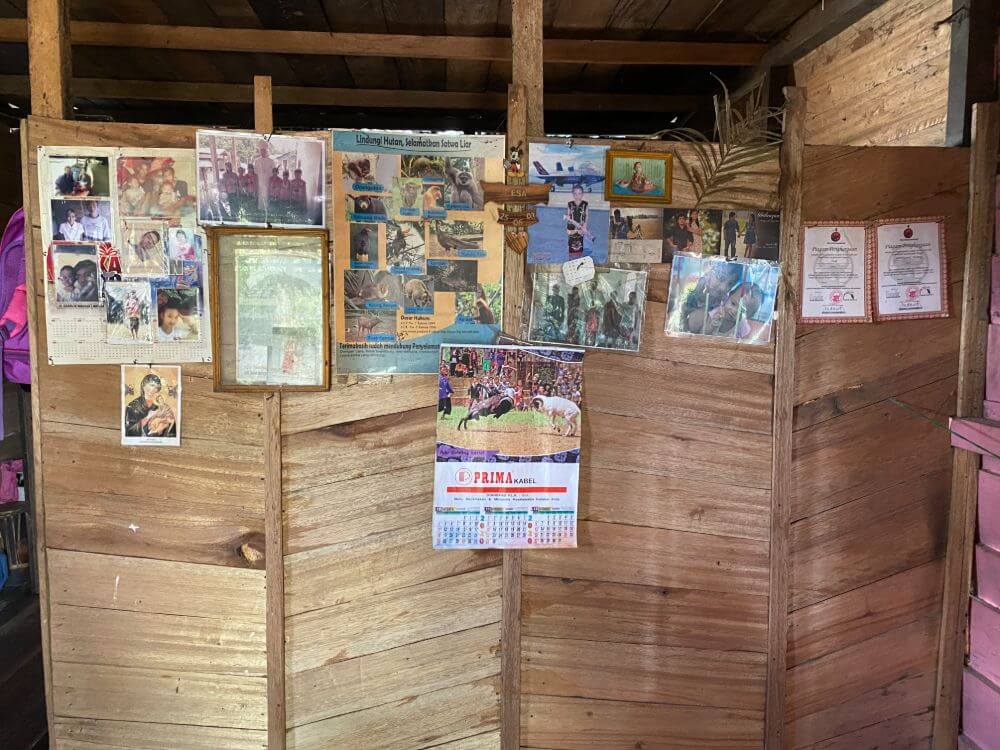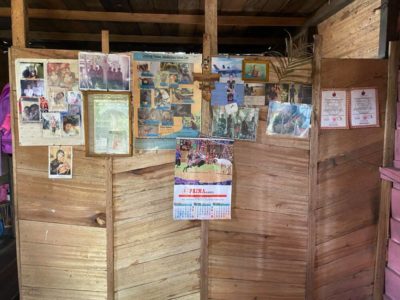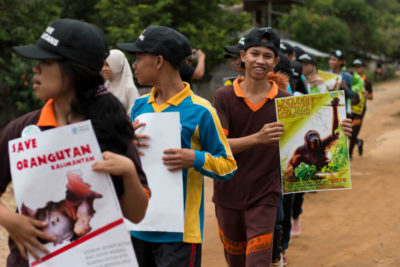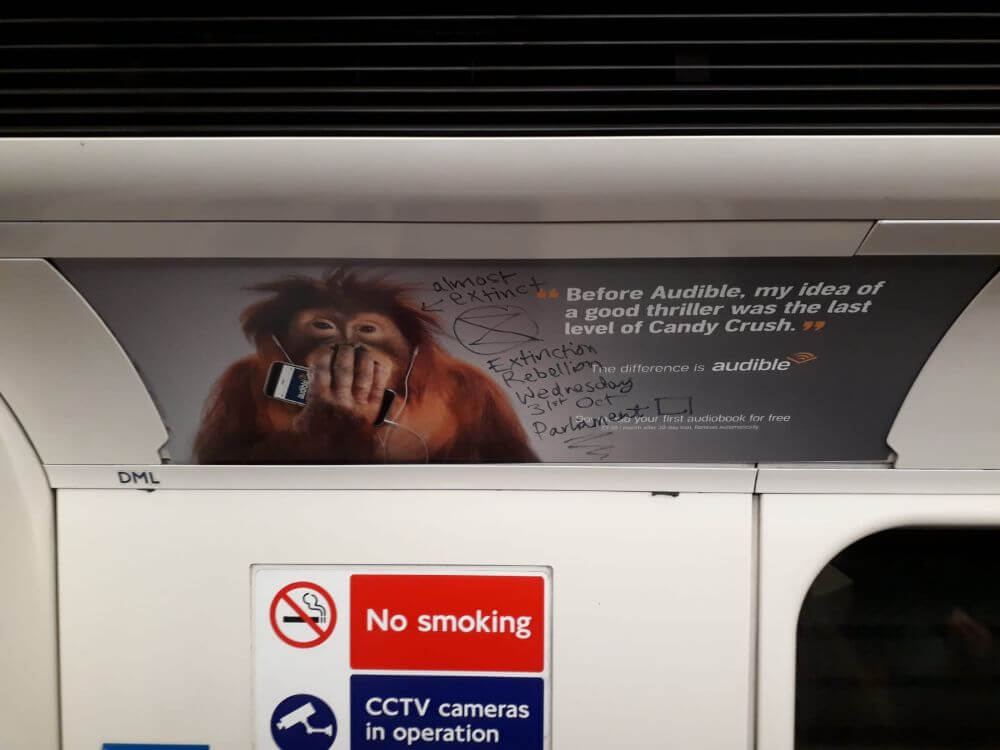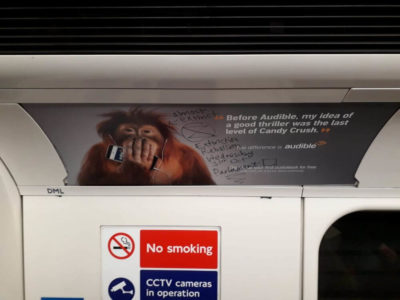Permaculture drawing.
‘I want that people are taught about the environment through the medium of gardening, about issues like waste, conservation and so forth. This means that gardening isn’t just about planting, but there is a vision and mission that we want to transport’, said the manager of an NGO’s community development programme, explaining the reason behind the permaculture training that they were carrying out in the village. Community development initiatives serve as a bridge, or medium, to build rapport with villagers and, ideally, bring socio-economic benefits for local people. Some, like this initiative, attempt to create sustainable livelihoods by initiating or influencing local agricultural practices. Despite their good intentions, however, community development programmes can run into a host of challenges, and sometimes struggle to have long-lasting effects.
The permaculture training in this village lasted for four days. Over the first two and a half days the participants learned about the origin, principles and benefits of permaculture in the village hall. They listened to presentations, watched films and made drawings. Many participants had difficulties digesting the content and noted the sheer amount of theoretical input, which contrasted with their own indigenous ways of engaging with the environment. On the third and fourth days, the group set up a community garden to learn about permaculture in a practical way. The garden was meant to serve as an example of how to restructure their home-gardens according to the principles of permaculture over the coming weeks.
Three months after the training, the community development team came back to check the progress of the permaculture project. Almost none of the participants had done their ‘homework’, as the staff called it, while weeds conquered the permaculture garden. Used to burning their fields to cultivate rice, the villagers did not seem convinced about the benefits of permaculture to plant alternative staples, such as cassava which is considered locally a snack and used to be famine food in the past. The acceptance of permaculture was further constrained by a lack of follow-up visits from the community development team to support the villagers after the initial training. Frustrated, the staff concluded, ‘If they (the villagers) don’t want it, just let them be’. Without any joint reflection of why things had not gone as intended, the project left both villagers and conservation staff disappointed.
This story reminds us of the ongoing need for conservation-related community development activities to be led by local needs and build upon indigenous ways of using natural resources. Moreover, routine visits to support people and build long-lasting relationships of mutual trust are essential. A culture of joint reflection about possible challenges and difficulties can further help to enable transformation. Last but not least, local people’s openness and willingness to engage in community development activities are indispensable to their success.
